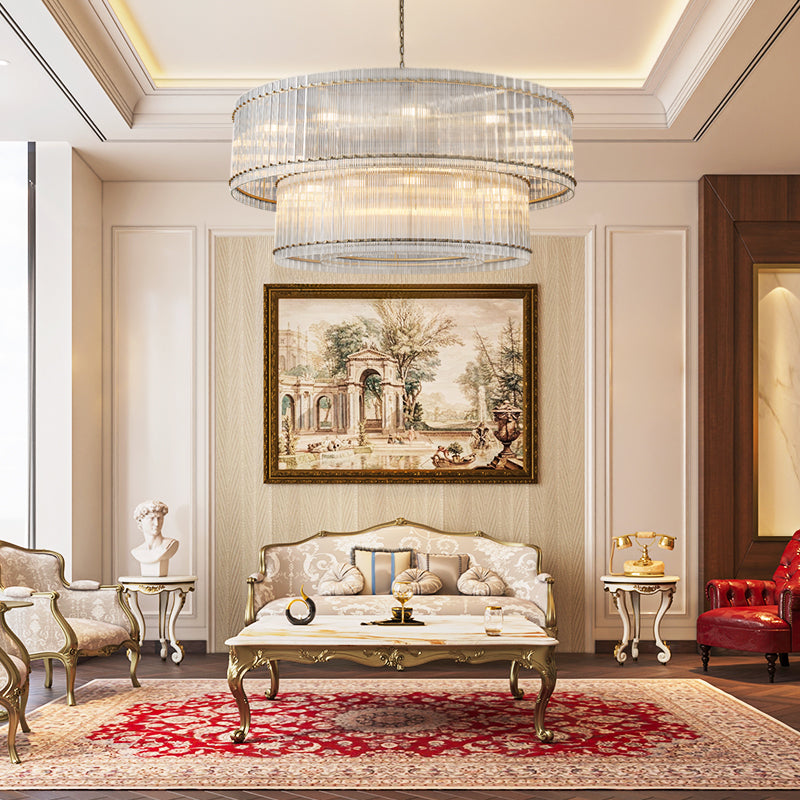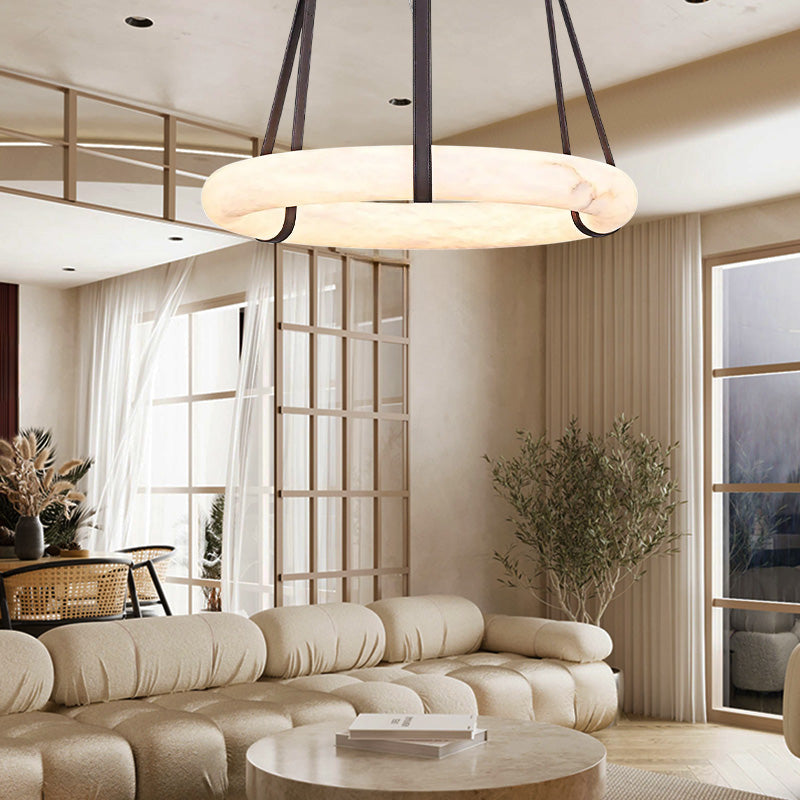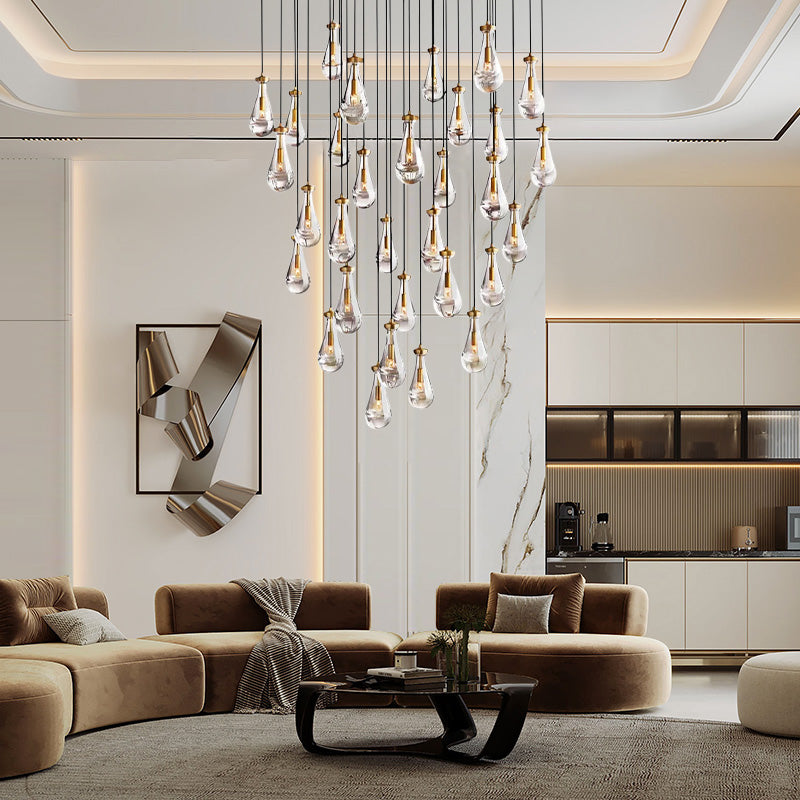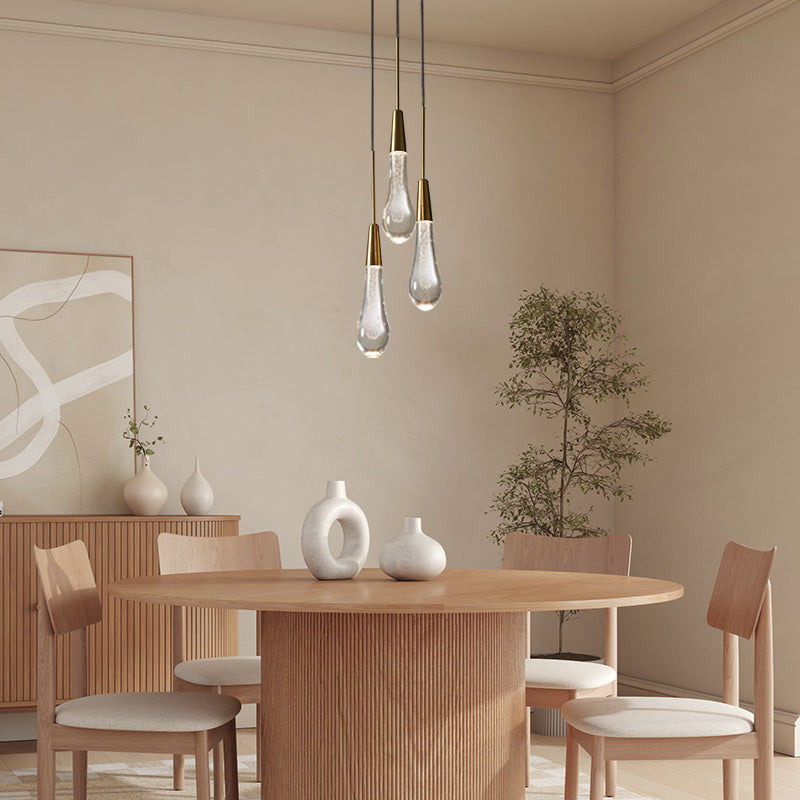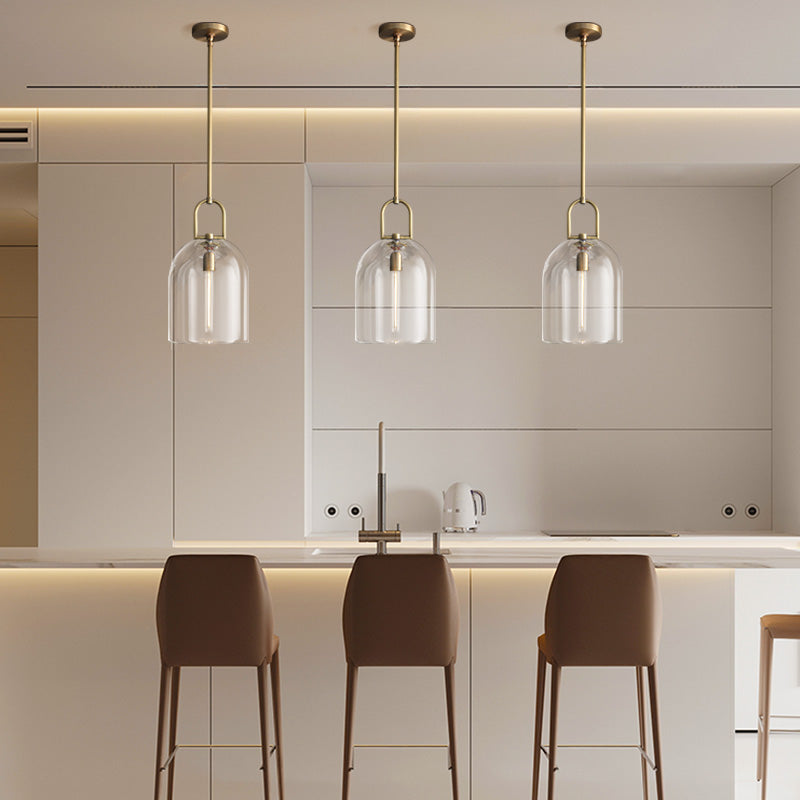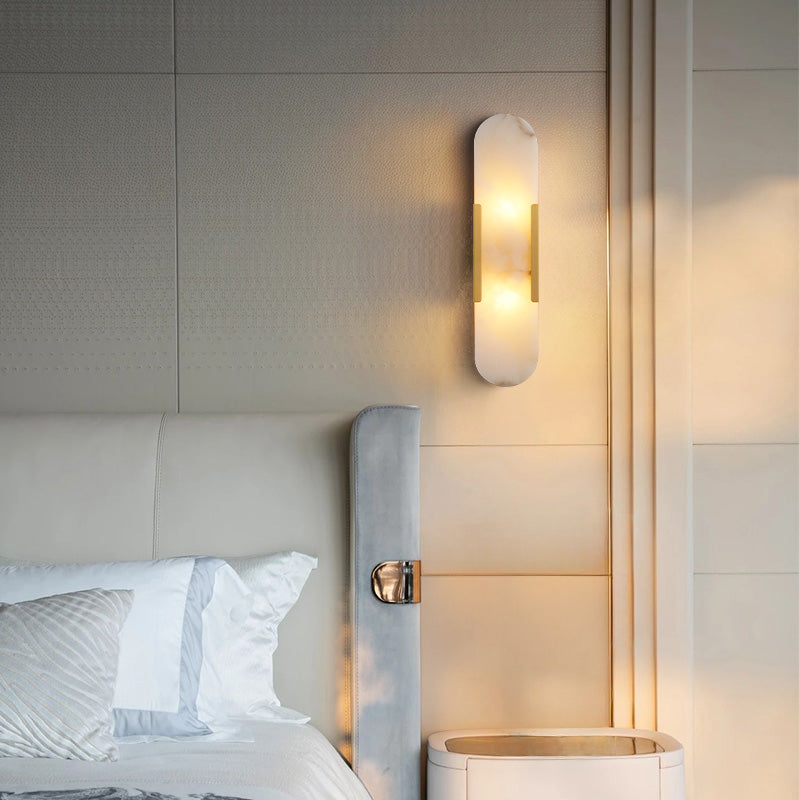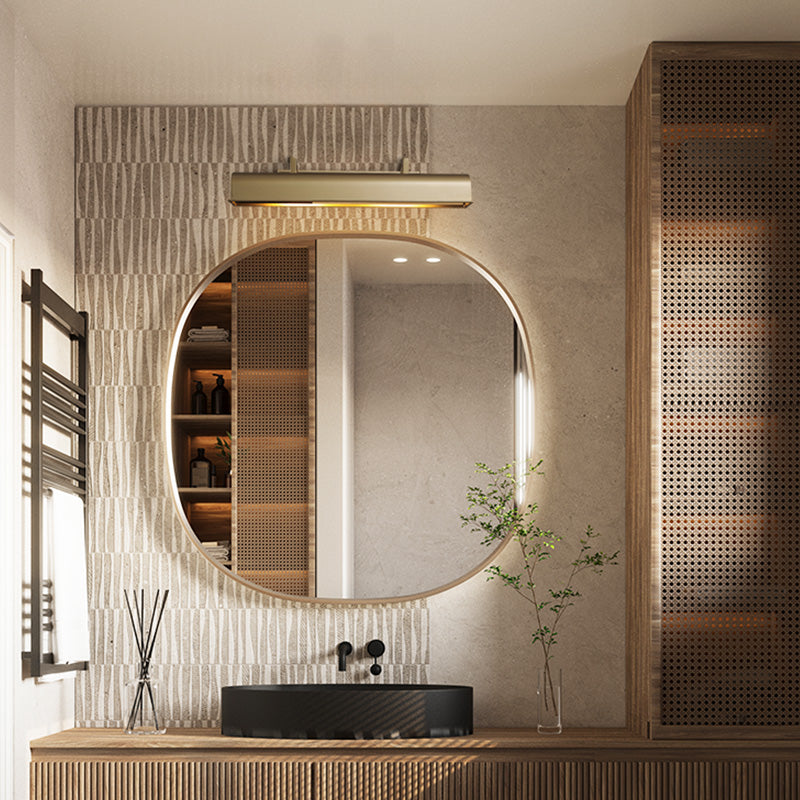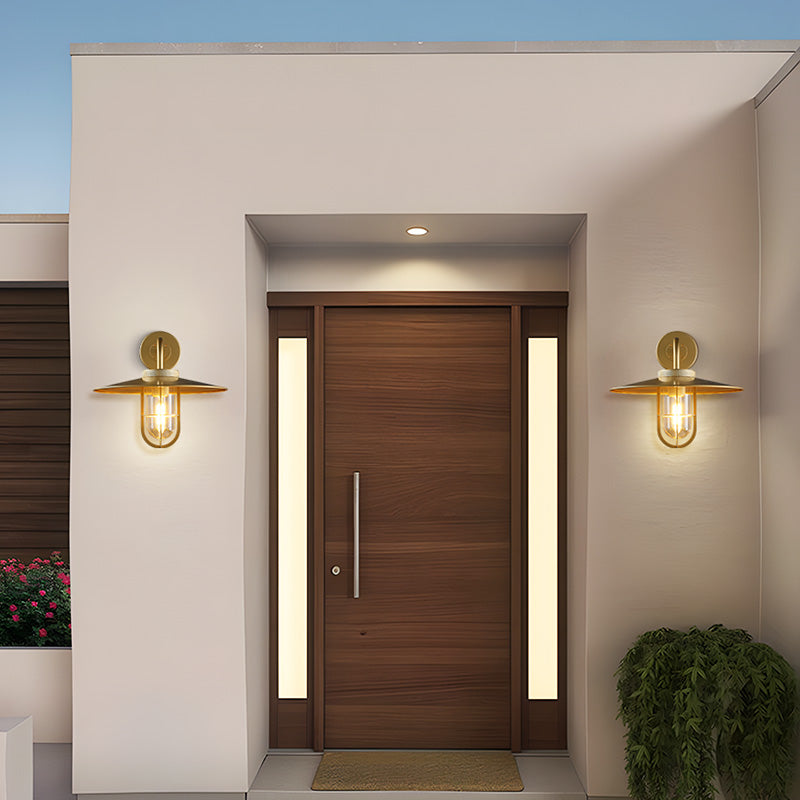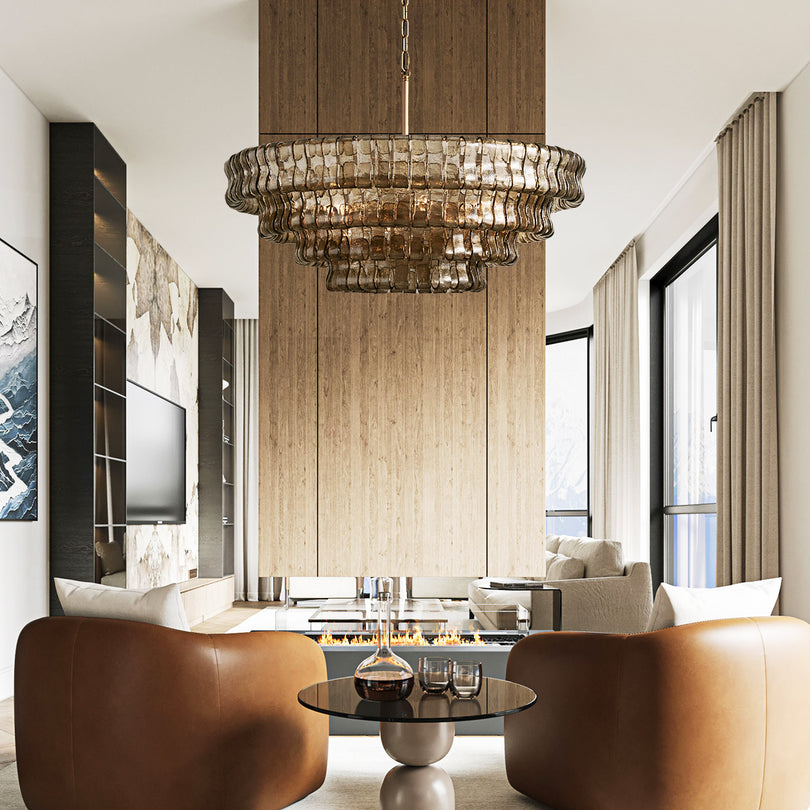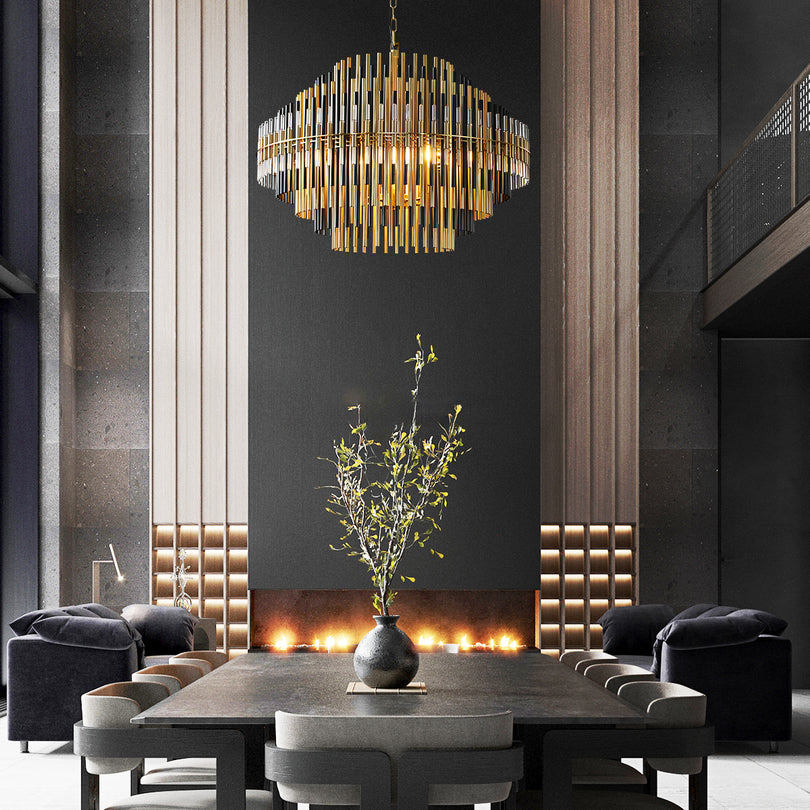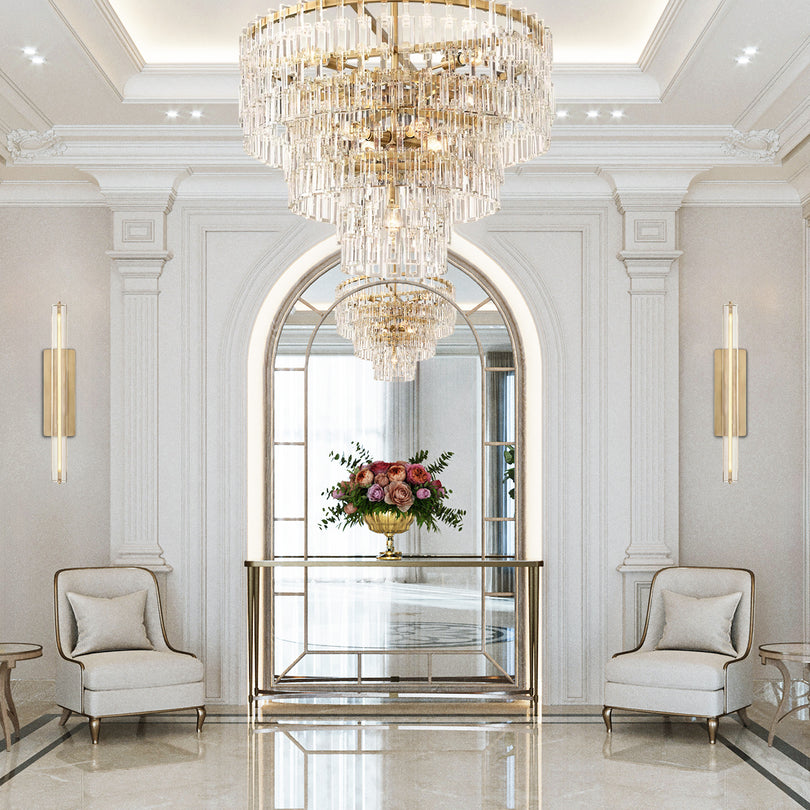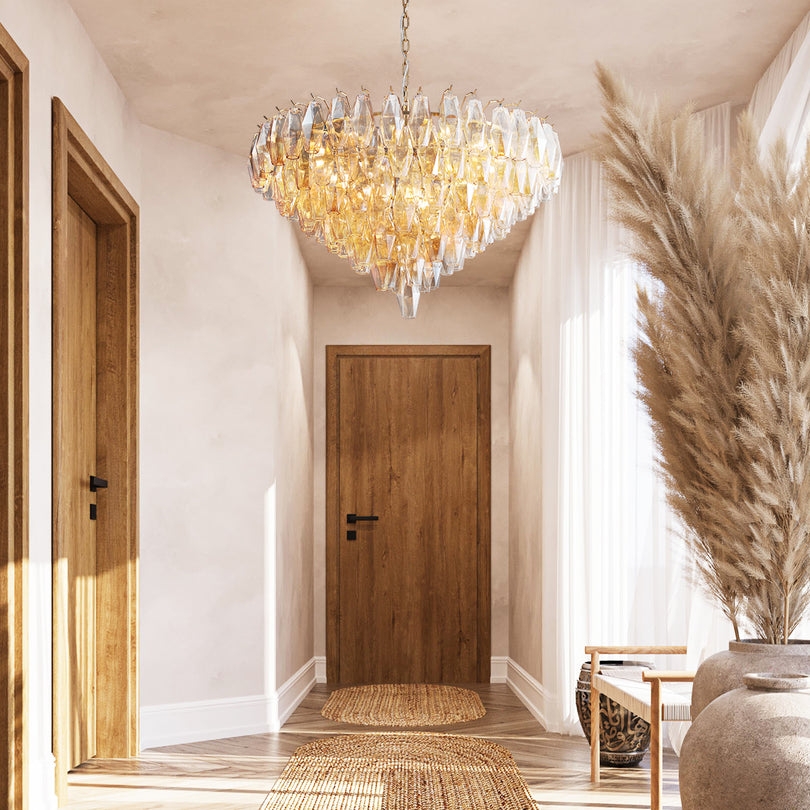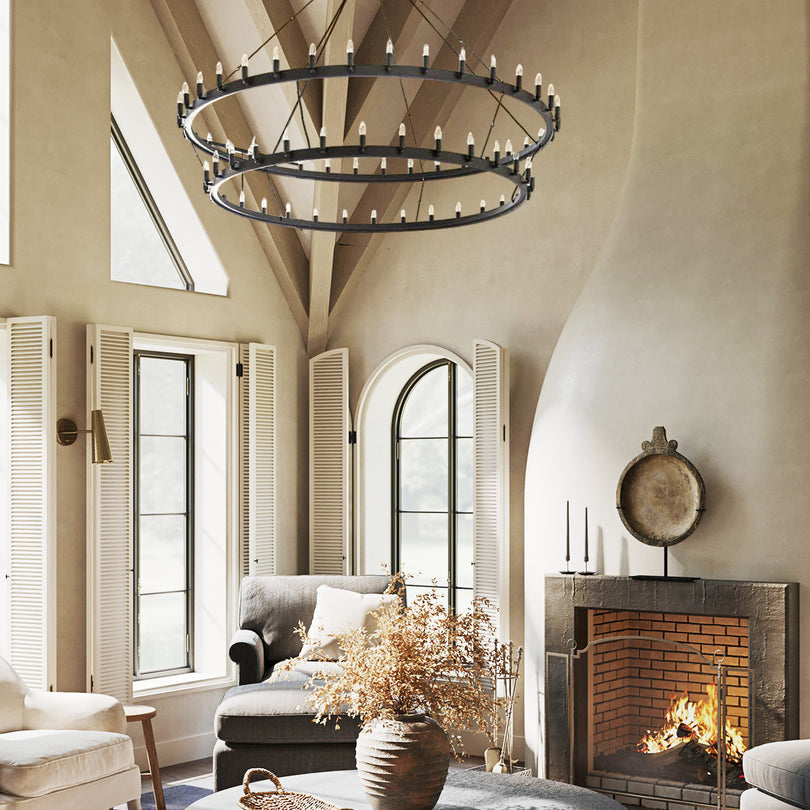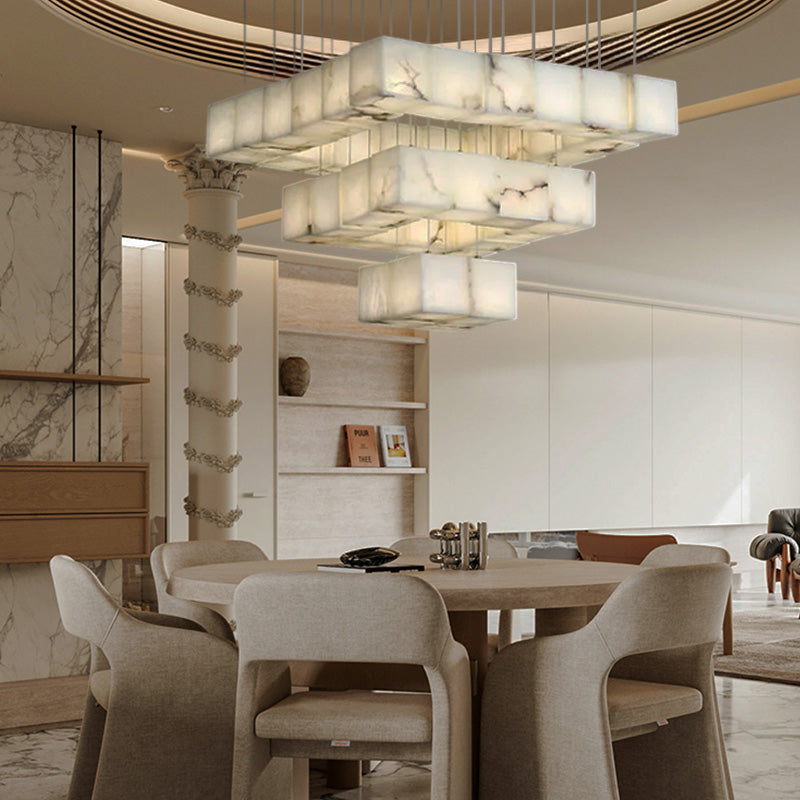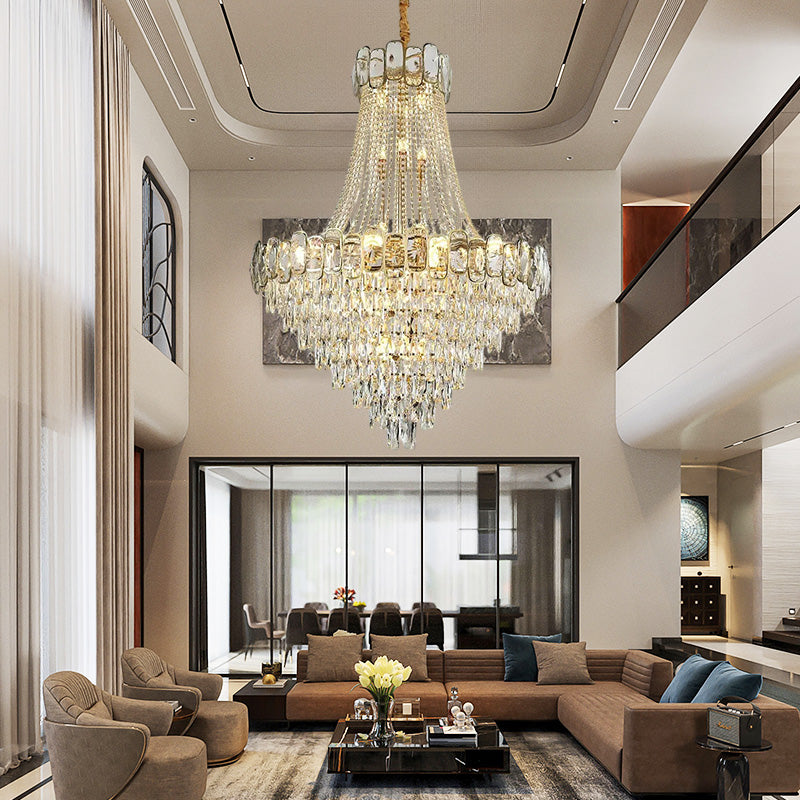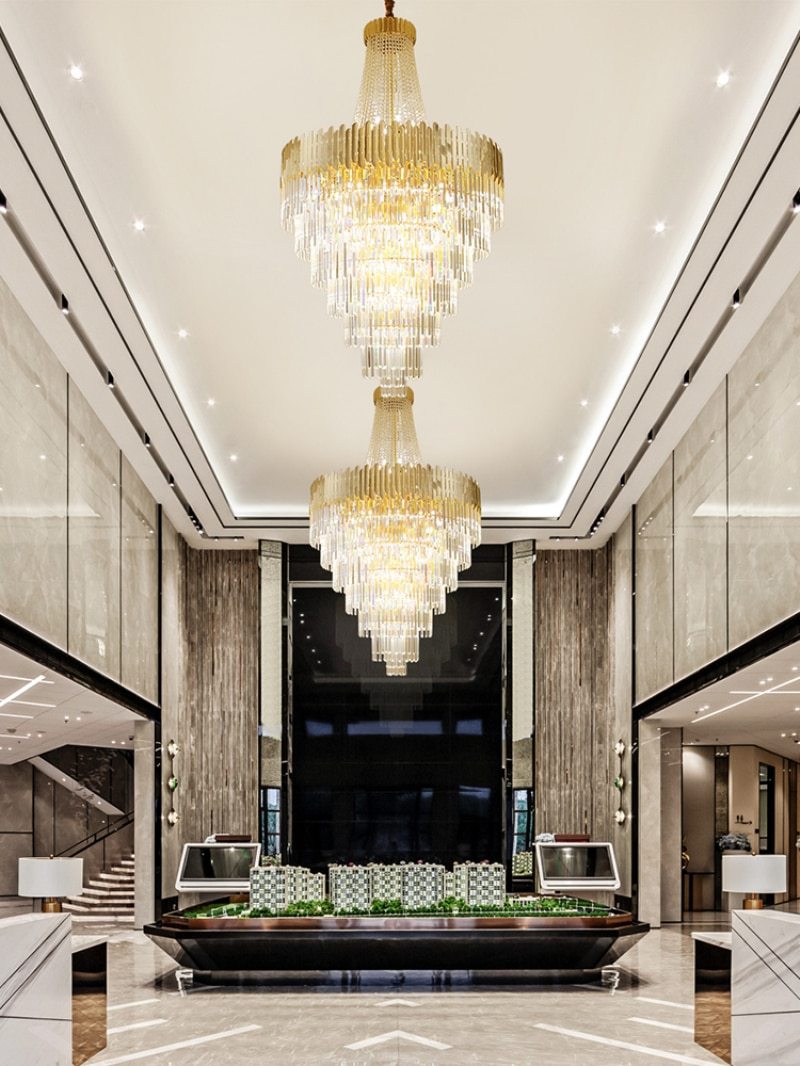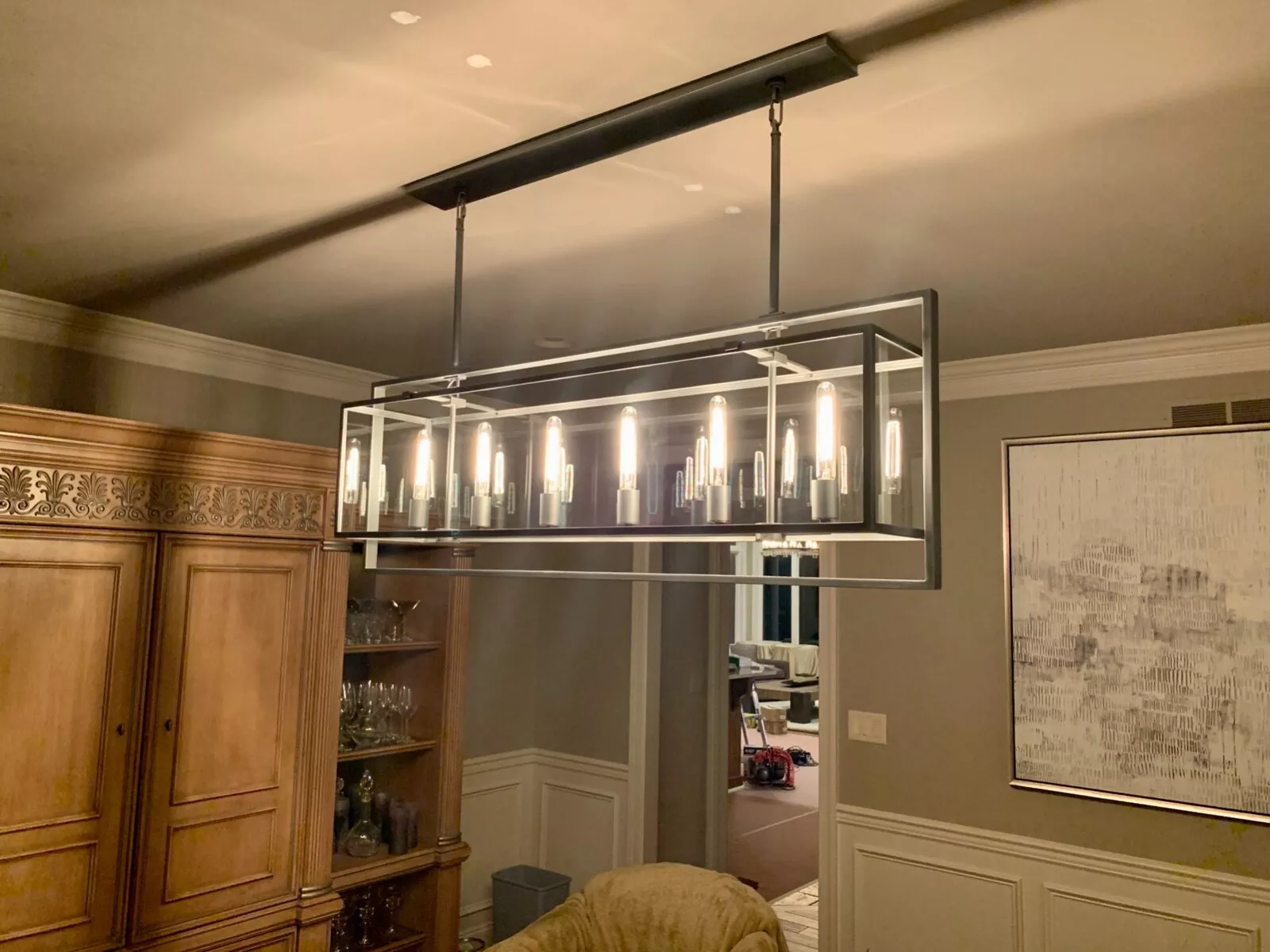Lighting plays a crucial role in home design, not only illuminating spaces but also setting the mood, enhancing aesthetics, and improving functionality. A well-thought-out lighting plan can transform a home, making it more comfortable, stylish, and efficient. In this blog post, we explore the key principles and techniques of home lighting design.
1. Understanding the Three Layers of Lighting
A balanced lighting design incorporates three main types of lighting:
- Ambient Lighting: This is the primary source of illumination in a room, usually achieved through ceiling-mounted fixtures, chandeliers, recessed lights, or large windows that allow natural light to flood in.
- Task Lighting: Designed for specific activities, task lighting is found in areas like kitchen counters, reading nooks, and home offices. Examples include under-cabinet lights, desk lamps, and pendant lights.
- Accent Lighting: Used to highlight architectural features, artwork, or decor, accent lighting includes track lights, wall sconces, and LED strips. It adds depth and drama to a space.
2. Choosing the Right Fixtures for Each Room
Different rooms require different lighting solutions to meet their unique functions.
- Living Room: A combination of ambient and accent lighting enhances comfort and visual appeal. Floor lamps, table lamps, and dimmable overhead lights create a cozy atmosphere.
- Kitchen: Bright task lighting is essential for meal preparation. Pendant lights over an island and under-cabinet lighting improve functionality.
- Bedroom: Soft, warm lighting promotes relaxation. Consider bedside lamps, wall sconces, and dimmable ceiling lights for a serene ambiance.
- Bathroom: Vanity lighting around mirrors prevents harsh shadows, while ceiling fixtures or recessed lighting ensure even illumination.
- Home Office: Task lighting is key for productivity. A desk lamp with adjustable brightness helps reduce eye strain.
3. Using Smart Lighting for Convenience
Smart lighting systems allow homeowners to control brightness, color temperature, and schedules through mobile apps or voice commands. Features like motion sensors, dimmers, and color-changing bulbs add both efficiency and customization to home lighting.
4. The Role of Color Temperature and Brightness
Light bulbs come in different color temperatures, measured in Kelvin (K):
- Warm White (2700K-3000K): Ideal for living rooms and bedrooms, creating a cozy and intimate feel.
- Cool White (3500K-4500K): Best for kitchens and bathrooms, where clarity and brightness are needed.
- Daylight (5000K-6500K): Suitable for workspaces and reading areas, providing a crisp and energizing light.
5. Maximizing Natural Light
Natural light enhances well-being and reduces energy costs. To maximize its impact:
- Use sheer curtains or blinds to let in more daylight.
- Position mirrors strategically to reflect light and brighten up darker corners.
- Choose light-colored walls and surfaces to enhance natural brightness.
Final Thoughts
Lighting design is both an art and a science. By layering different types of lighting, choosing the right fixtures, and incorporating smart technology, you can create a home that is not only beautifully lit but also highly functional. Whether you're renovating or simply upgrading a few light sources, thoughtful lighting design can make a world of difference.

